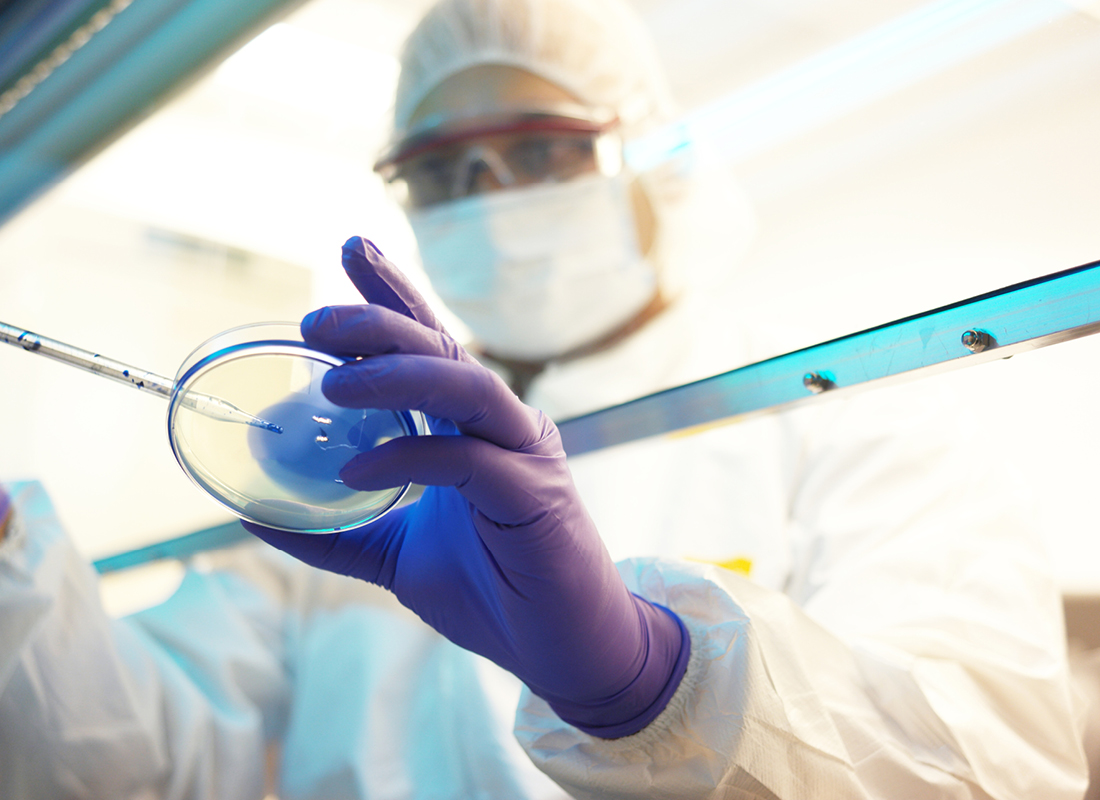COVID-19 Test Shortage Is Real & Likely to Last through 2020
Sadly, the question of whether there is enough COVID-19 testing in the U.S. to meet demand has become a political football. Here is a look at the findings of one group that set out to answer this question objectively and without political bias. The Need for COVID Testing Data One of the problems with evaluating the current state of COVID-19 testing in the U.S. is the lack of data. According to The COVID Tracking Project (the Project), a volunteer organization dedicated to collecting and publishing COVID-19 data, there is no complete account of COVID-19 testing data anywhere in the U.S. Since the U.S. government is not tracking and reporting COVID-19 testing data on a national level, the Project sought to collect this data from the public health authority in each state, territory and the District of Columbia—56 jurisdictions in all. Each of these authorities reports its data in its own way, including via online dashboards, data tables, PDFs, press conferences, tweets and Facebook posts. And while many states and territories have slowly moved toward more standard methods of reporting, the actual taxonomies and categories of information remain in flux. The Findings Based on the COVID-19 testing data it was able […]

Sadly, the question of whether there is enough COVID-19 testing in the U.S. to meet demand has become a political football. Here is a look at the findings of one group that set out to answer this question objectively and without political bias.
The Need for COVID Testing Data
One of the problems with evaluating the current state of COVID-19 testing in the U.S. is the lack of data. According to The COVID Tracking Project (the Project), a volunteer organization dedicated to collecting and publishing COVID-19 data, there is no complete account of COVID-19 testing data anywhere in the U.S.
Since the U.S. government is not tracking and reporting COVID-19 testing data on a national level, the Project sought to collect this data from the public health authority in each state, territory and the District of Columbia—56 jurisdictions in all. Each of these authorities reports its data in its own way, including via online dashboards, data tables, PDFs, press conferences, tweets and Facebook posts. And while many states and territories have slowly moved toward more standard methods of reporting, the actual taxonomies and categories of information remain in flux.
The Findings
Based on the COVID-19 testing data it was able to collect, the Project published a report that includes these findings, as of May 12, 2020:
- 9,637,930 COVID-19 tests have been performed in the U.S.;
- 1,360,705 of those tests were positive; and
- 8,277,225 of those tests were negative.
The Project also reports that daily test volumes are growing dramatically. Thus, the number of new COVID-19 tests performed on the day of May 12 was 289,472, as compared to the 140,562 new tests performed on April 12, and the 5,137 new tests performed on March 12.
What the Test Numbers Mean
According to the Project, as of May 12, 1,360,930 people in the U.S. have tested positive for COVID-19; among those who tested positive, 76,617 have died. And those numbers include only individuals who were tested. Things become even scarier and more sobering when you consider that countless others have contracted and died from the virus but were never tested at all.
In addition to testing for clinical treatment, the reopening of the U.S. economy will precipitate a vast new demand for COVID-19 screening tests from employers seeking to identify and prevent carriers from infecting others at the workplace. When you factor in workplace screening, experts estimate that some 100 million to 200 million tests will be needed for the rest of the year. However, tests remain in short supply, as do testing personnel, reagents, swabs and other materials. And while the diagnostic testing manufacture pipeline is operating at a frantic pace, doubt remains about whether industry will be able to satisfy these soaring COVID-19 testing demands in the near future.
Takeaway
Based on the limited data available, it appears that COVID-19 testing in the U.S. continues to lag behind and that the gap between demand and supply is not likely to close any time soon. Mass testing and screening is likely to remain an elusive objective as the tests that are available remain reserved for the sick and symptomatic.
Subscribe to Clinical Diagnostics Insider to view
Start a Free Trial for immediate access to this article